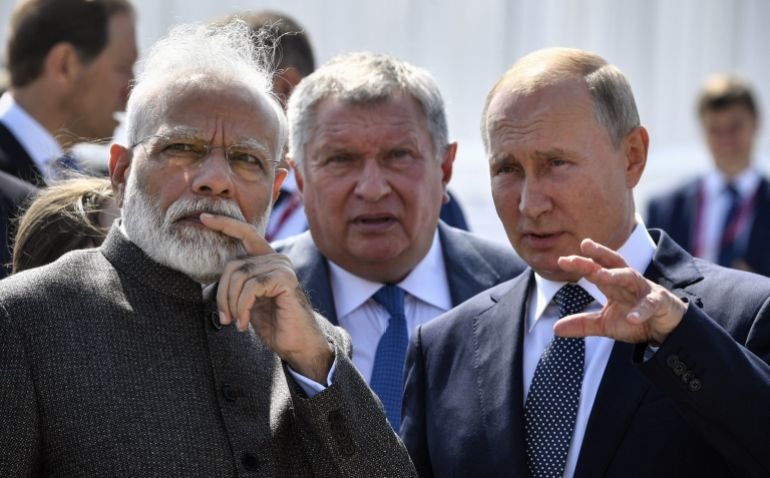India and China have agreed to step up trade flows and resume direct flights in a major diplomatic breakthrough, as the two most populous nations try to rebuild ties damaged by a 2020 deadly border clash and amid US President Donald Trump’s unpredictable foreign policy.
The two rivals also agreed to advance talks on their disputed border during Chinese Foreign Minister Wang Yi’s two-day visit to India.
The rebuilding of India-China ties coincides with friction between New Delhi and Washington, following the recent imposition of steep tariffs on India by the Trump administration.
So why did India and China decide to mend their ties, and what steps were taken to address their border dispute?
What specific points were agreed?
Discussions covered a range of issues related to withdrawing tens of thousands of troops that both countries have amassed along their Himalayan border, boosting investment and trade flows, hosting more bilateral events, and enhancing travel access.
The Asian neighbours agreed to reopen several trading routes – namely the Lipulekh Pass, Shipki La Pass and Nathu La Pass. An expert group will also be established to explore “early harvest” steps (i.e. mini-agreements that can be implemented quickly before the conclusion of a more complex deal) to improve border management, a move India had previously opposed.
In the past, India was keen to avoid a situation where China secured partial gains up front, but where its territorial integrity concerns remained unresolved. India’s opposition has accused the government of ceding territory to China.
Elsewhere, China has reportedly agreed to address India’s concerns over its export curbs on fertilisers, rare earth minerals and tunnel-boring machines, according to Indian media reports.
But Chinese Foreign Ministry Spokesperson Mao Ning, when asked about Indian media reports on the lifting of export controls, said she was not familiar with the media reports.
“As a matter of principle, China is willing to strengthen dialogue and cooperation with relevant countries and regions to jointly maintain the stability of the global production and supply chain,” she said in a media briefing on Wednesday.
New Delhi and Beijing also agreed to resume direct flights between the two countries, enhance river-sharing data and drop certain visa restrictions for tourists, businesses and journalists.

Who said what?
During his two-day trip, Wang Yi held meetings with Indian Prime Minister Narendra Modi and India’s National Security Adviser Ajit Doval, encounters that will pave the way for Modi’s first visit to China in seven years at the end of August.
“Stable, predictable, constructive ties between India and China will contribute significantly to regional as well as global peace and prosperity,” Modi posted on X after his meeting with Wang.
Meanwhile, Doval said that China and India had achieved a “new environment” of “peace and tranquillity”. He added that “the setbacks that we faced in the last few years were not in our interest”, and “delimitation and boundary affairs” had been discussed.
A readout from China’s Foreign Ministry said Wang told Doval that “the stable and healthy development of China-India relations is in the fundamental interests of the two countries’ people”.
The two sides “should enhance mutual trust through dialogues and expand cooperation”, Wang said, and should aim for consensus in areas such as border control and demarcation negotiations.
Looking ahead, Modi is scheduled to travel to China at the end of this month to take part in the summit of the Shanghai Cooperation Organisation – his first visit to the country since June 2018.
Why did relations sour in the first place?
Relations between the two countries plummeted in 2020 after security forces clashed along their Himalayan border. Four Chinese soldiers and 20 Indian soldiers were killed in the worst violence in decades, freezing high-level diplomatic relations.
The chill in relations after the deadly Ladakh clash – the first fatal confrontation between India and China since 1975 – also affected trade and air travel, as both sides deployed tens of thousands of security forces in border areas.
Following the border tensions, India imposed curbs on Chinese investments in the country. Months later, New Delhi banned dozens of Chinese apps, including TikTok, owned by China’s ByteDance, citing security concerns.
But despite the soaring tensions, the bilateral trade between the two countries did not see a drastic drop, and in fact, New Delhi’s imports from Beijing have grown to more than $100bn from $65nb in the financial year 2020-2021 as the country’s electronics and pharma industries heavily rely on raw materials from China.
On Monday, Wang said, “The setbacks we experienced in the past few years were not in the interest of the people of our two countries. We are heartened to see the stability that is now restored on the borders.”
For his part, Modi emphasised the importance of maintaining peace and tranquillity on the border and reiterated India’s commitment to a “fair, reasonable and mutually acceptable resolution of the boundary question”, his office said in a statement on Tuesday.

Why did the two sides decide to mend ties?
The geopolitical disruption caused by Donald Trump’s trade wars has helped create an opening for Asia’s leading and third-largest economies to try to mend their diplomatic and economic relations.
Indeed, the improvement in ties has accelerated since Trump increased tariffs on both countries earlier this year – particularly India, which had been pursuing a closer relationship with the United States in a joint front against China.
Moreover, India and the US have been haggling over free trade agreements for months, with Trump accusing India of denying access to American goods due to higher tariffs. China has also been locked in months-long trade negotiations with the US.
China and India increased official visits and discussed relaxing some trade restrictions and easing the movement of citizens since Modi met Chinese President Xi Jinping in Kazan, Russia last October. In June, Beijing even allowed pilgrims from India to visit holy sites in Tibet while India issued tourist visas to Chinese nationals in a sign of improving ties.
But Trump’s decision to declare a 25 percent “reciprocal” tariff on India in June over the country’s imports of Russian oil – and his move a week later to raise it again to 50 percent – have hastened dramatic diplomatic realignment. Even the US’s close allies – South Korea and Japan – have not been spared by Trump’s tariffs.
Top Trump officials have accused India of funding Russia’s war in Ukraine, with US Treasury Secretary Scott Bessent on Tuesday accusing India of “profiteering”.
But China’s imports of Russian oil are even larger than India’s. And on August 12, the US extended a tariff truce on Beijing for another 90 days – staving off triple-digit tariffs. In turn, New Delhi has accused Washington of double standards over its tariff policy.
Suhasini Haidar, an Indian journalist writing in the newspaper The Hindu, said that the rationale behind the US sanctions on India is “dubious”. “The US has itself increased its trade with Russia since Trump came to power,” she wrote.
US Treasury Secretary Bessent, however, has defended Washington’s decision not to impose secondary sanctions against China, saying Beijing “has a diversified input of their oil”. Beijing’s import of Russian oil, he said, went from 13 percent to 16 percent while India’s went from less than one percent to over 40 percent.
Trump’s claim that he secured a ceasefire between India and Pakistan has further caused anger in India, which has refused to give credit to the US president for the May 10 ceasefire that stopped the five-day war between the nuclear-armed neighbours. Trump’s hosting of the Pakistan Army’s General Asim Munir has not helped the cause, either.
US-India relations have frayed despite Modi cultivating personal ties with Trump, particularly during his first term. The Indian prime minister was Trump’s first guest in his second term in February, when he coined the slogan “Make India Great Again” (MIGA), borrowing from Trump’s “Make America Great Again” (MAGA) base. “MAGA plus MIGA becomes a mega partnership for prosperity,” Modi said.

But Trump’s repeated attacks on India have poured cold water on “the partnership”, with Indian foreign policy experts fearing the ties are headed towards uncharted territory.
“At risk is three decades of India’s economic ascent, and its careful positioning as an emerging power, shaped in the shadow of US strategic backing,” wrote Sushant Singh, a lecturer in South Asian studies at Yale University, in the Financial Times. “Trump has shredded India’s road map; it could be replaced by strategic drift, realignment or eventual rapprochement.”
The turbulence in India-US ties has forced New Delhi to repair ties with its adversary China, which supplies military equipment to Pakistan and took the side of Islamabad during the recent war.
Amid Trump’s trade war, New Delhi and Beijing have joined forces to improve trade and people-to-people contact.
The new developments may also boost relations between members of the BRICS bloc – with India and China being the group’s founding members, along with Brazil, Russia and South Africa. India and China will host the 2026 and 2027 BRICS summits, respectively. Trump has also railed against BRICS nations, warning the member nations against challenging the US dollar.

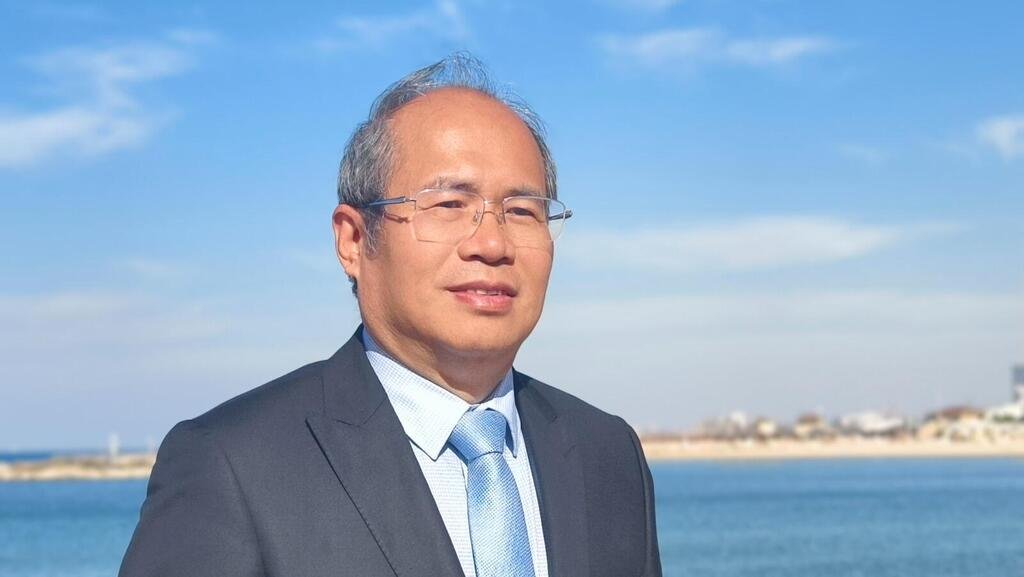

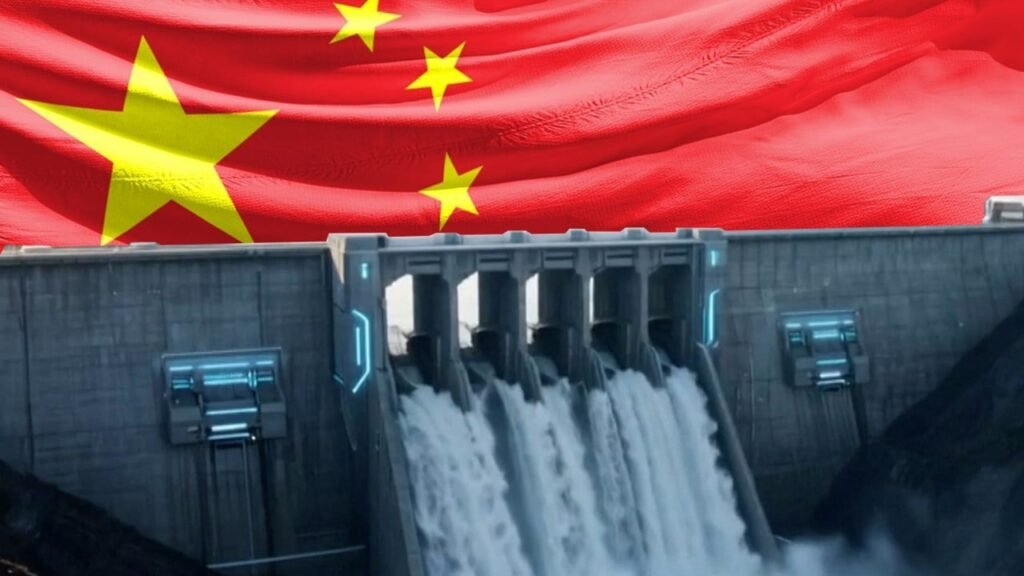
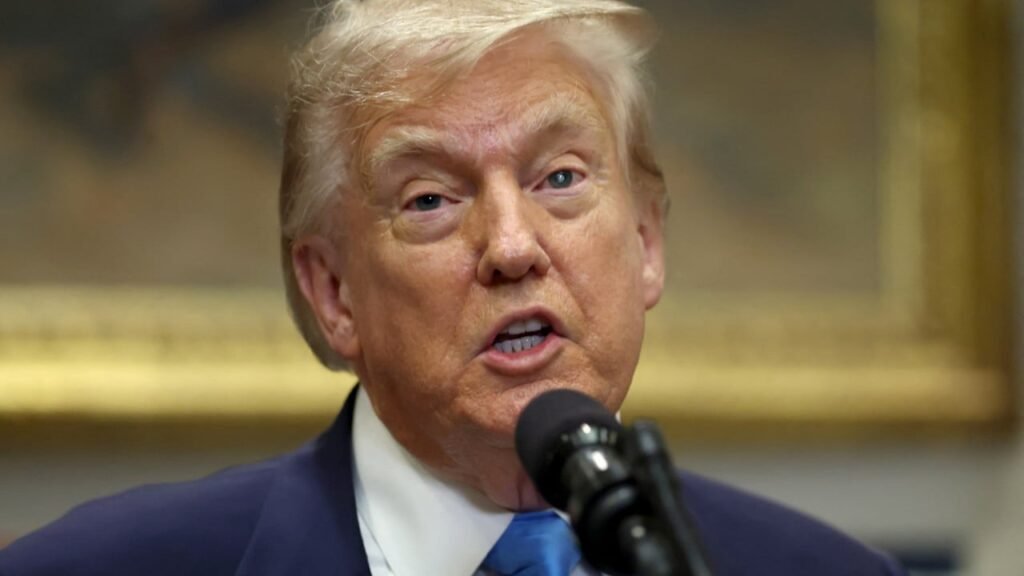
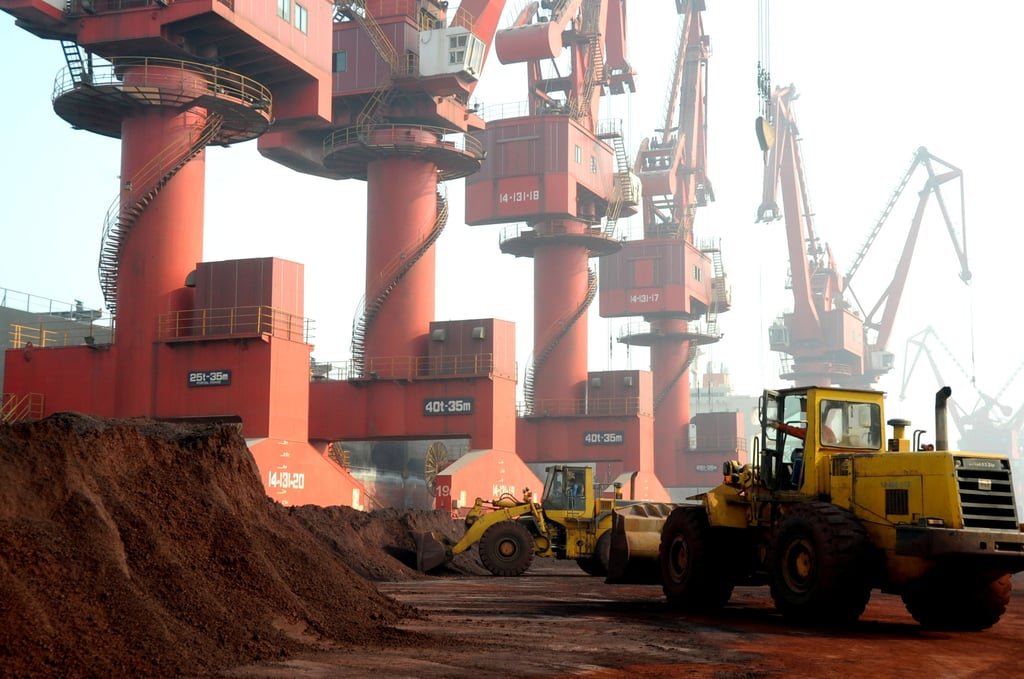
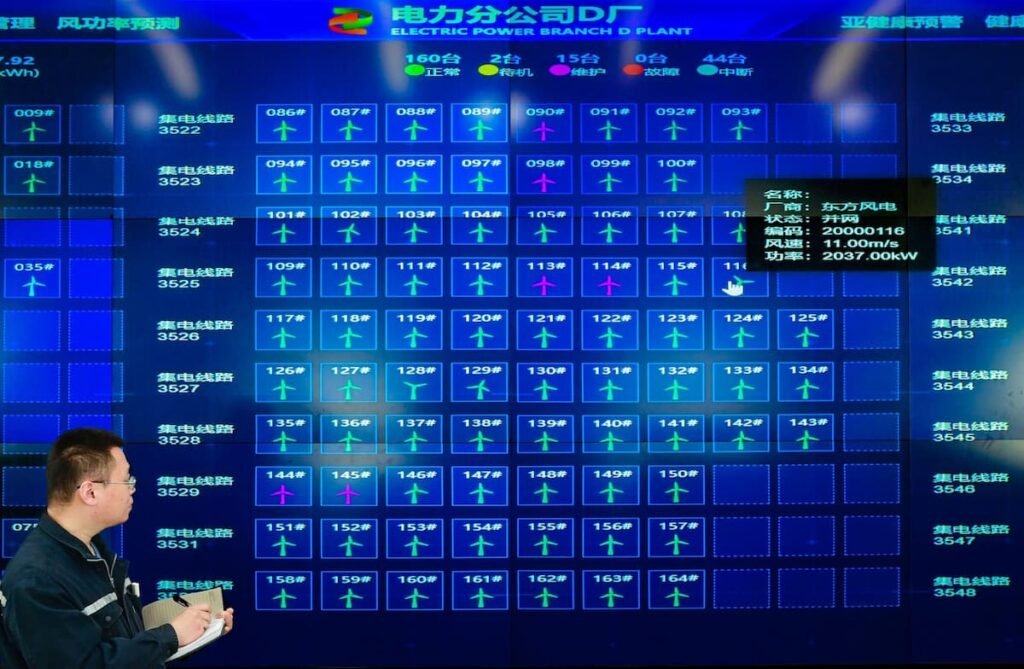
![[News] NVIDIA May Raise H20 Prices to Shield Profits but Confronts China’s Domestic Chip Push](https://koala-by.com/wp-content/uploads/2025/08/NVIDIA-Jensen-Huang-2-624x430.jpg)
